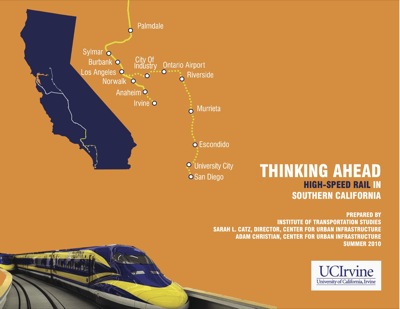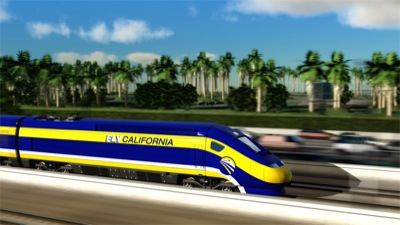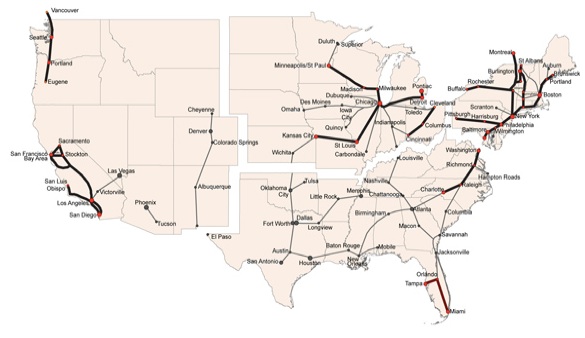There is much weeping and wailing and gnashing of teeth over the so-called high-speed train in Wisconsin. A Madison newspaper that calls itself “the Progressive Voice” claims that Governor-elect Walker’s promise to cancel the Milwaukee-to-Madison train is economic treason. That makes sense if you agree with Paul Krugman that the federal government should spend a few more trillion dollars on “stimulus” projects that few people will ever use. For those who think that the national debt plus social security obligations plus medicare obligations are likely to bankrupt the nation if not immediately fixed, the real economic treason would be to build the rail line.
Labor unions and other rail activists held a candlelight vigil last night to “save the train” and the thousands of jobs it would supposedly produce. If they really want to create jobs, they should bring back stagecoaches and riverboats.
The fact that, after spending nearly a billion dollars, the average speed of this supposedly high-speed train will be only 59 mph doesn’t seem to bother people. Nor do they fret about the fact that the subsidies to each train rider will be more than $100. Continue reading










